[Japanese minimalist design] Japanese wabi-sabi + Nordic simplicity? The new trend Japandi style for minimalist fans! Easily enter a quality life!
A new trend in interior design that cannot be missed in 2021, the Japandi style combines the intersection of Japanese wabi-sabi and Scandinavian aesthetics. It is rooted in the design principles of minimalism and focuses on warmth, natural elements and Soft tones and comfort - Japandi, the popular trend that creates design, what are the elements of Japandi? 5 Key Tips to Incorporate Japanese Style into Your Home!
What is Japandi style? What are the key elements?
Japandi style combines the minimalist characteristics of Scandinavian style with the Japanese wabi-sabi characteristics - that is, "striving for perfection in imperfections", balancing natural materials with simple lines, solid and soft colors , creating a modern feel. To design a room with a Japandi style, you can add the following key elements to the space:
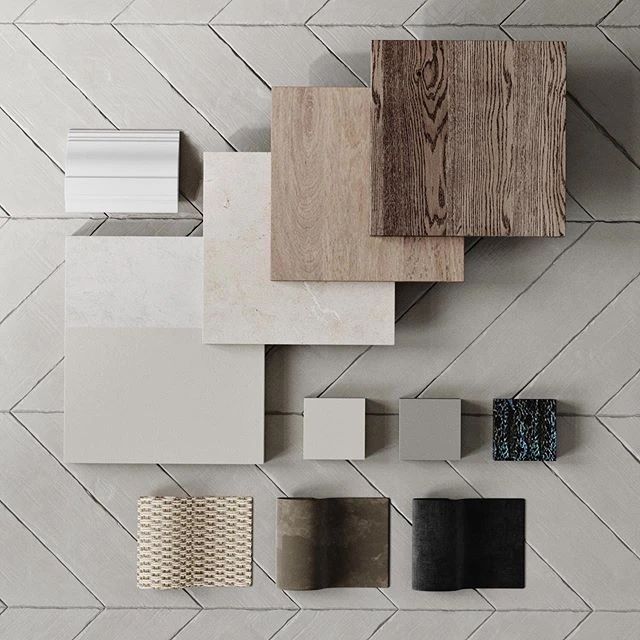
▲ Design:Anastasiia Reznichenko Photo:min.news/home
1. Minimalist space with blank space
The interior decoration style is simple, practical and makes full use of space. Every piece of furniture has been carefully selected to allow the space to breathe naturally.
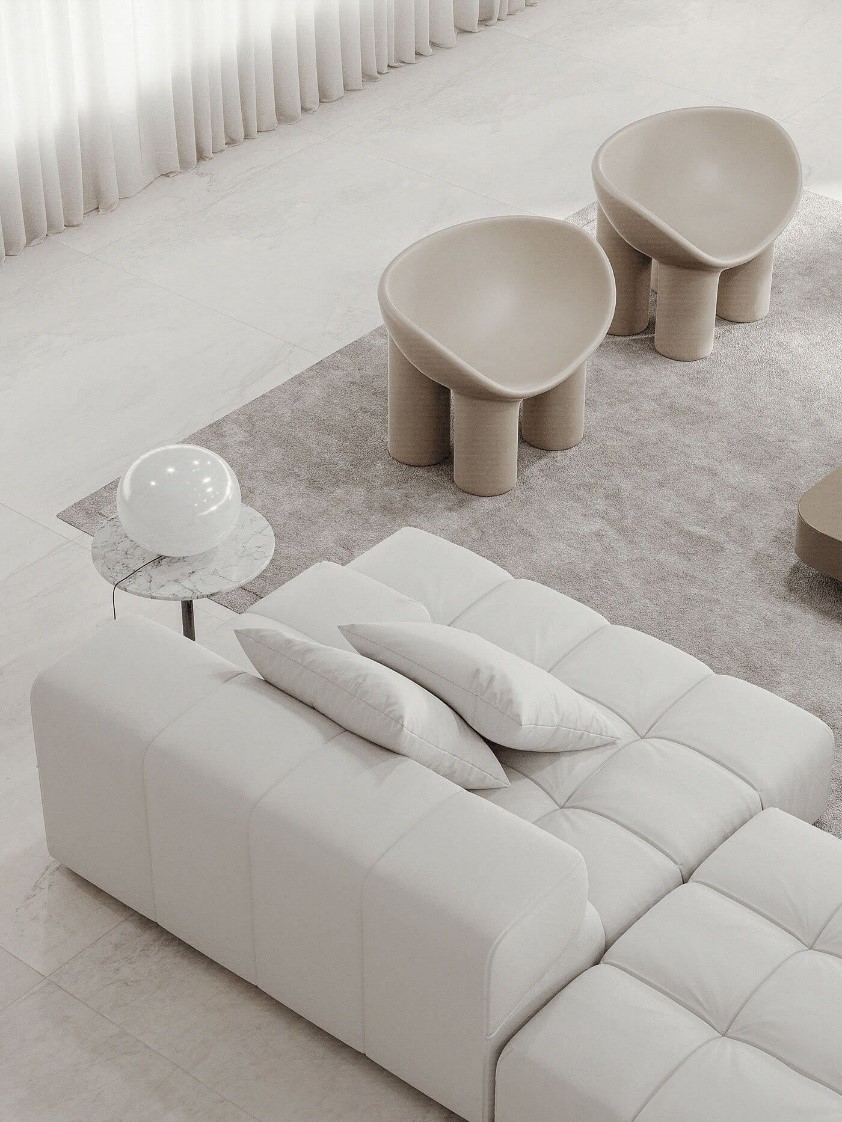
▲ Photo:danthree.com
2.soft natural tones
Nordic style is characterized by black, white, and gray as the main colors, while Japanese style uses warm and natural colors as the main colors. Japandi avoids using overly saturated colors throughout the space and combines soft neutral tones with earth tones. Soft gray, green, and cyan are used as accent colors to create a Zen-like and calm atmosphere.
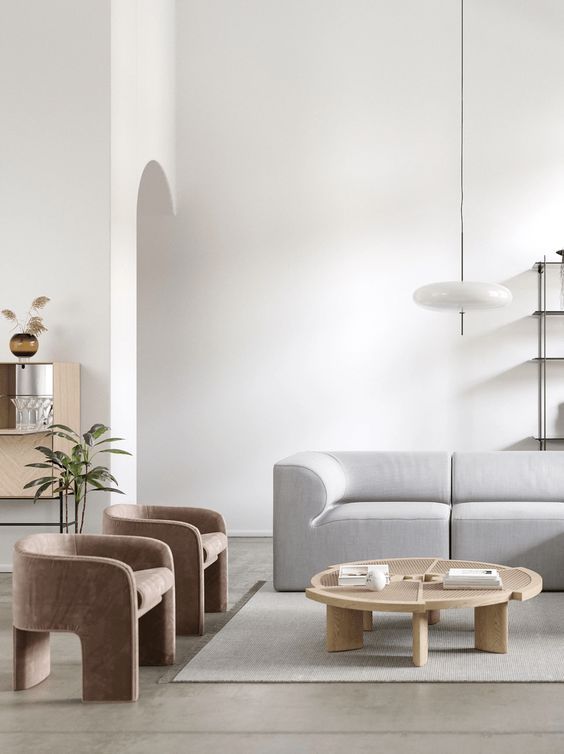
▲ Photo: COVET HOUSE
3.Simple shapes and linesWoodfurniture making
Nordic-style furniture is often made of light-colored wood, while traditional Japanese design uses a lot of dark wood tones and adopts more elegant curved shapes, with stools close to the ground to reflect the connection between people and the earth. Japandi style emphasizes practicality, using simple lines and wooden furniture that combines curves and straight lines to break the monotony of the plane layout and add a unique texture to the space.
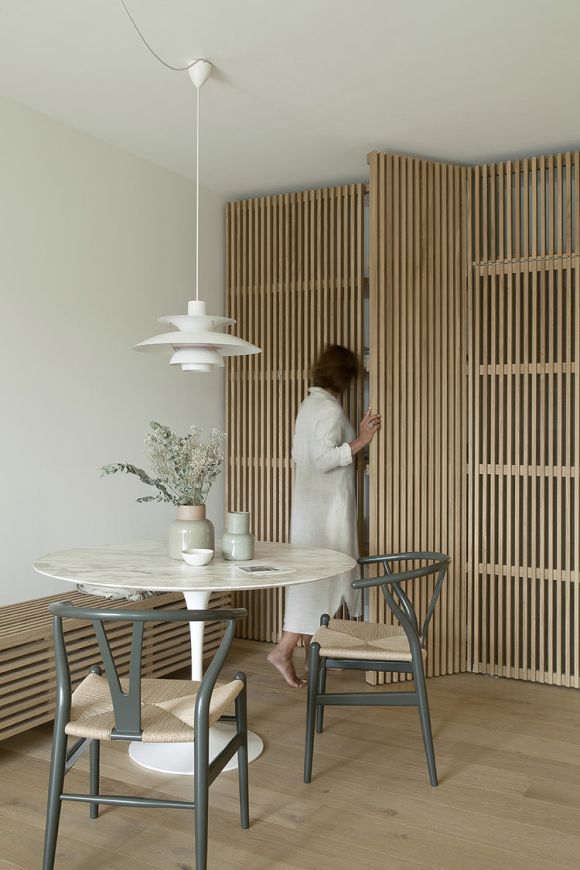
▲ Photo: basq bt LARQ
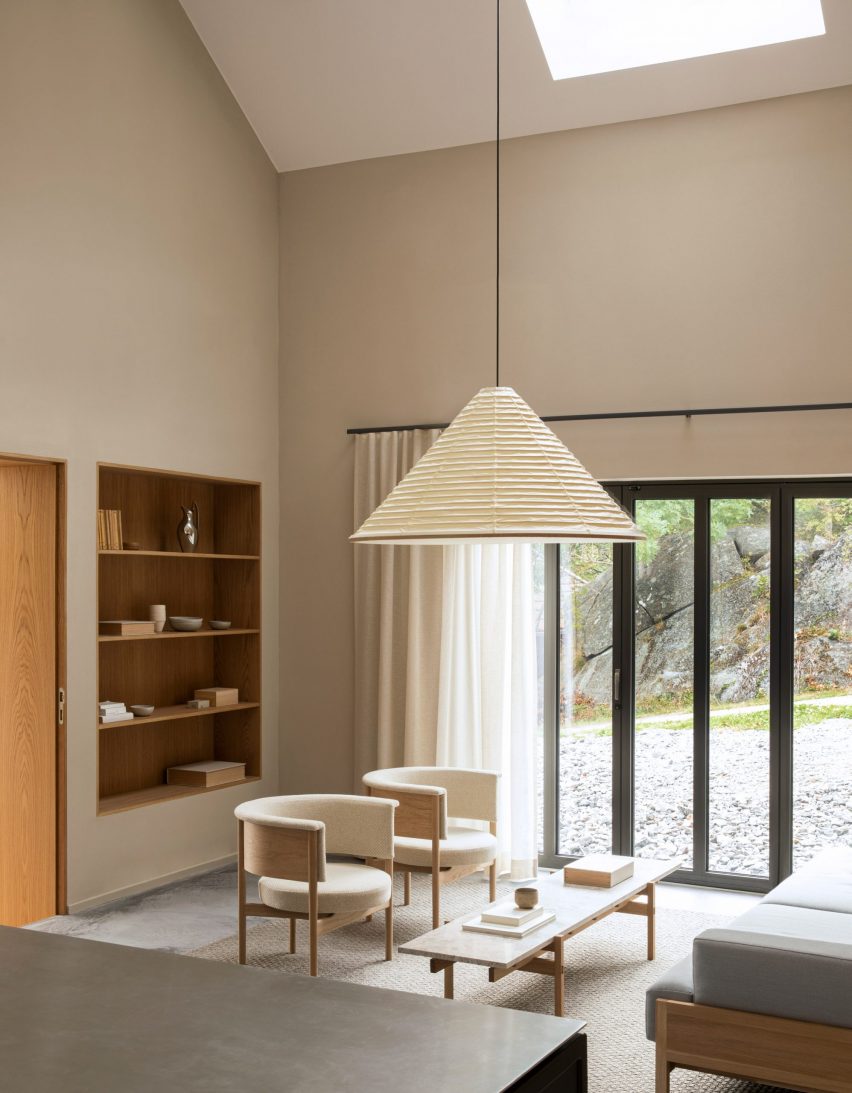
▲ Photo: dezeen
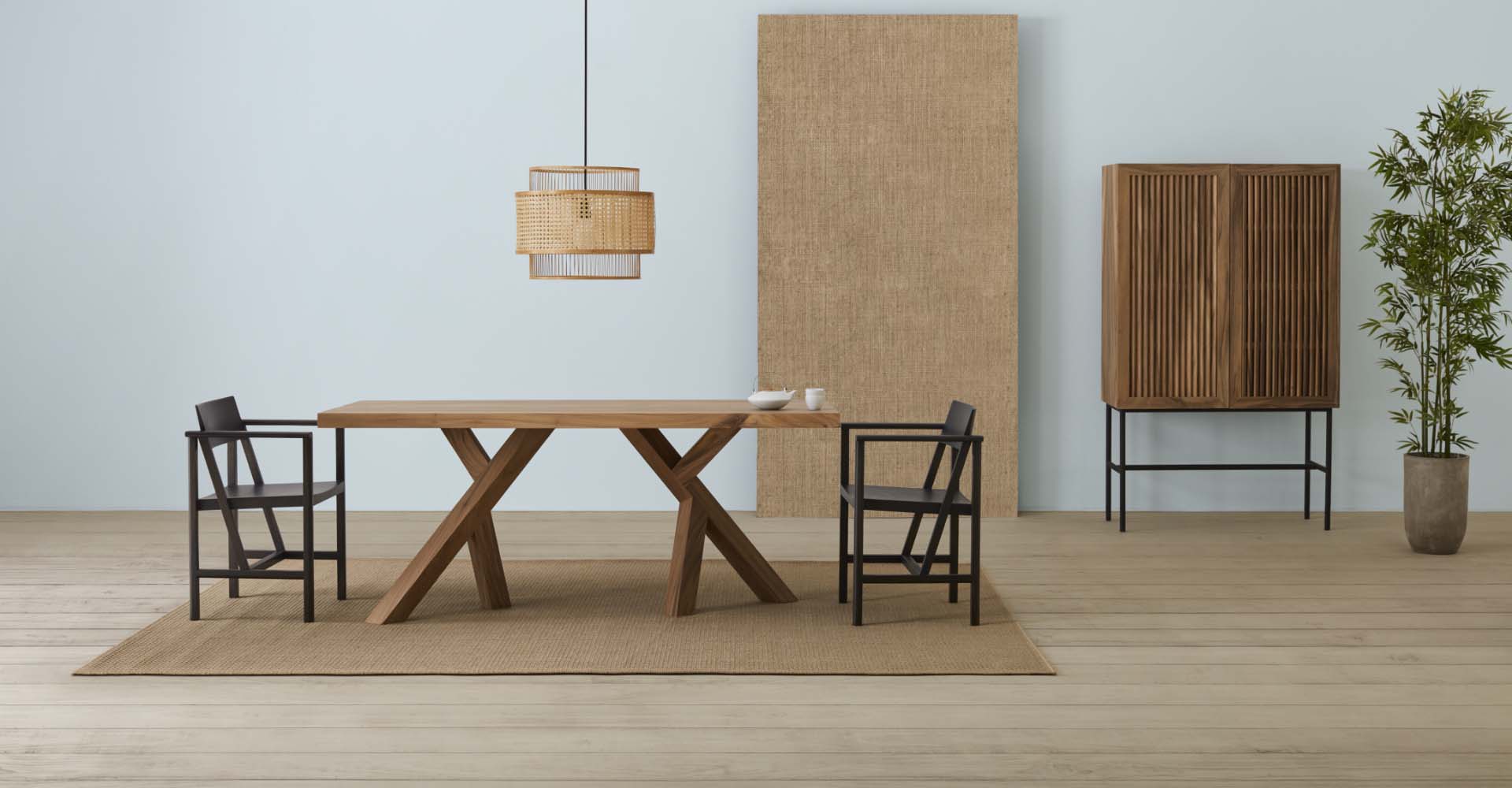
▲Photo:Mobilia
4.Bring in natural light and plants
Integrating nature is the core of Japandi's design. Pure green plants inject vitality into the space and improve air quality. Being close to nature adds comfort to the space.

▲ Photo:poshpennies.com
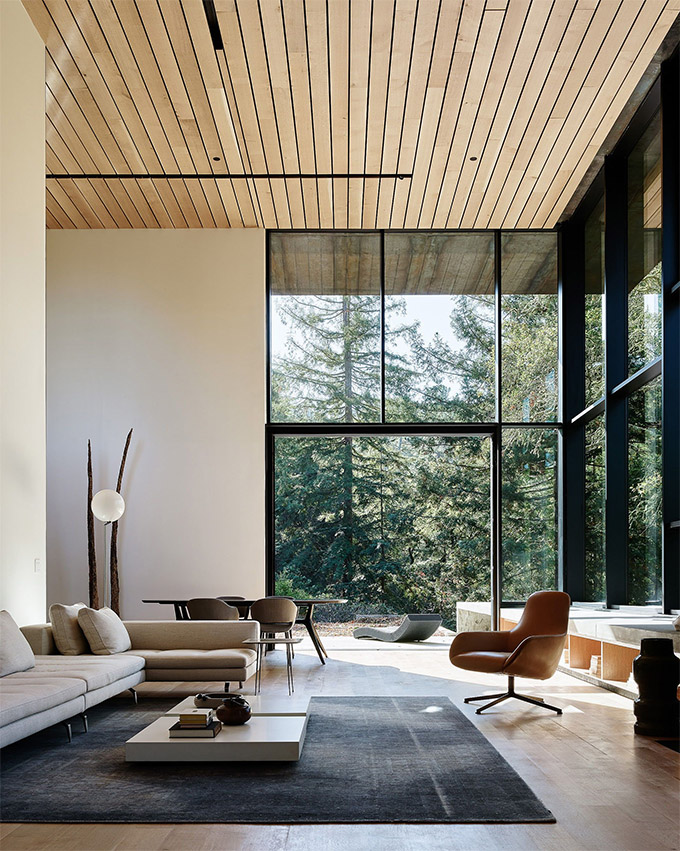
▲ Photo: JOE FLETCHER VIA DWELL
5.poleFew natural elementsembellish space
Nordic style pieces focus on comfortable, soft fabrics such as plush rugs, rich throw pillows, and blankets to create a warm feel in the space. Japanese designs tend to be practical items such as vases or screens. Japandi mixes both natural materials and simple forms, wooden fabric racks, rattan or simple straw baskets for extra storage space. Use minimal wabi-sabi elements like ceramics and glassware and art hangings to add contrast and personality, and tone up the space by adding some natural fabrics, neutral-toned linens, linen cushions, and plush rugs.
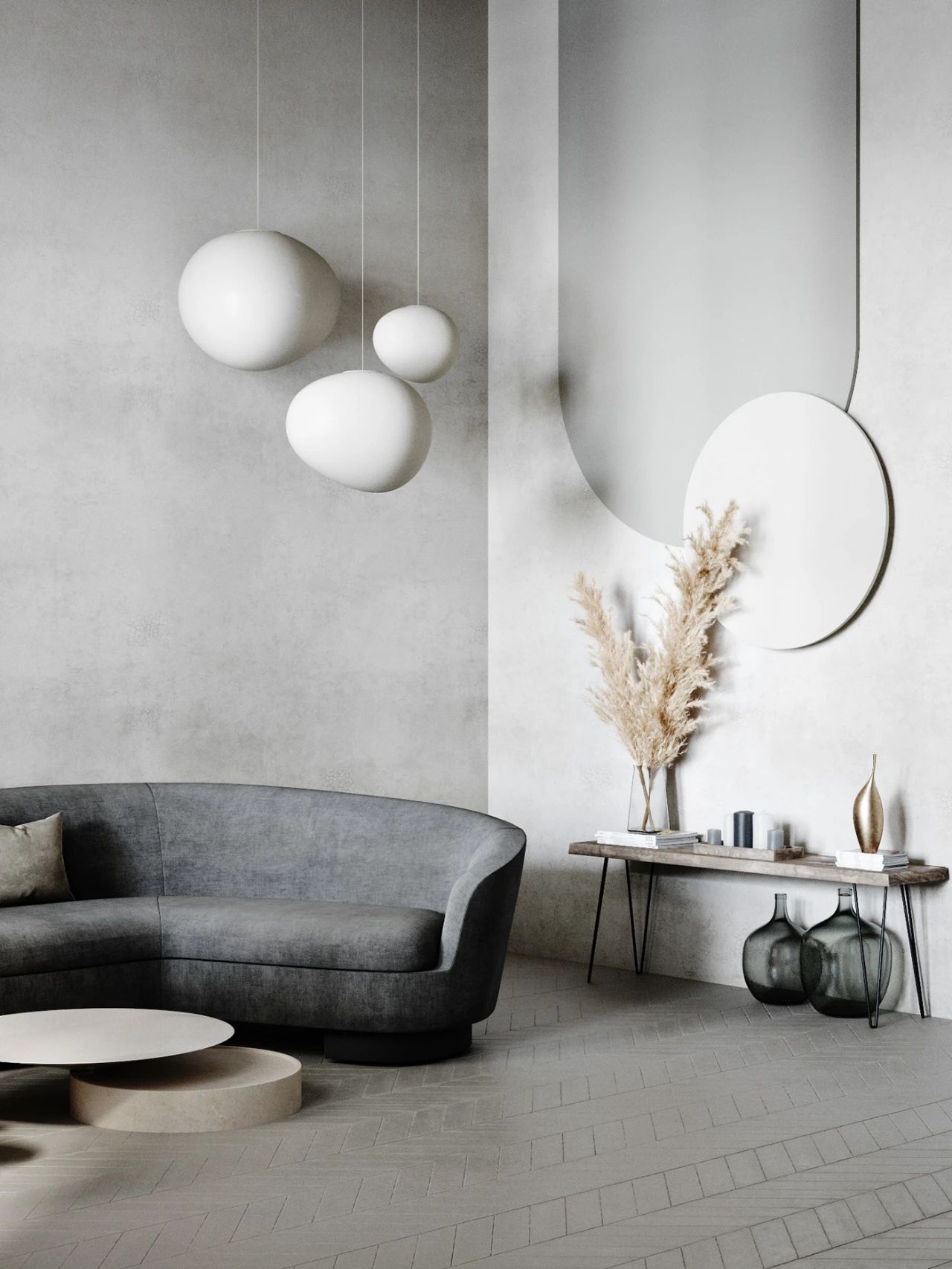
▲ Design:Anastasiia Reznichenko Photo:min.news/home
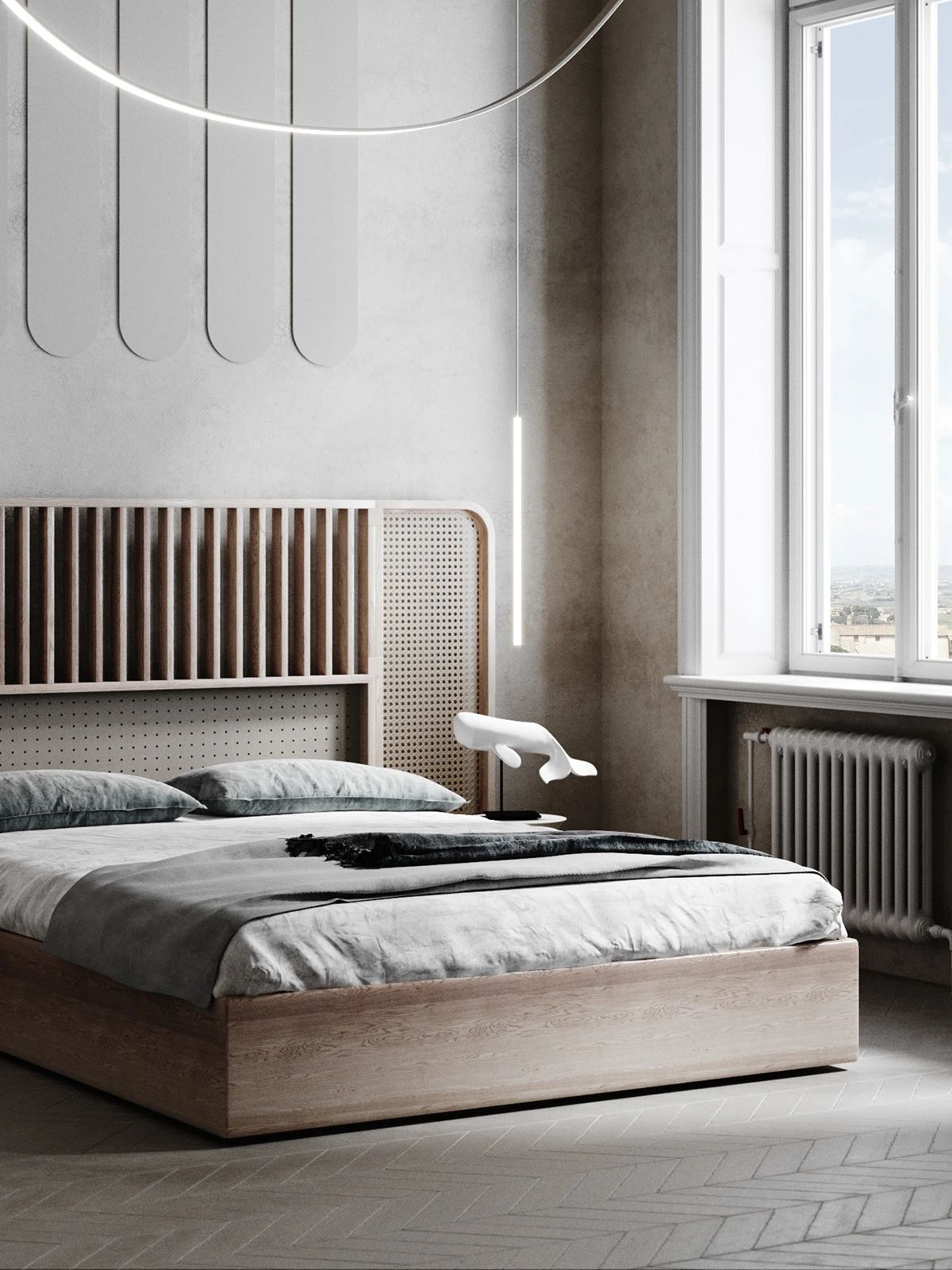
▲ Design:Anastasiia Reznichenko Photo:min.news/home
The blank aesthetics of wabi-sabi proposes another level of thinking, allowing the space to breathe naturally, advocating a free and original spiritual experience, allowing us to feel the purity and calmness of life, and conveying the spiritual beauty of a more settled lifestyle. Relax and bring you back to the simplicity of simple life with its calming warmth.
Wabi Sabi is a classic architectural form that has attracted the attention and challenge of many architects who love Japanese simplicity. If you have any architectural or interior design needs, please feel free to contact us.:B-Studio online consultation
interior space-Avenue of Stars➦
construction space-Taichung Fu's House➦